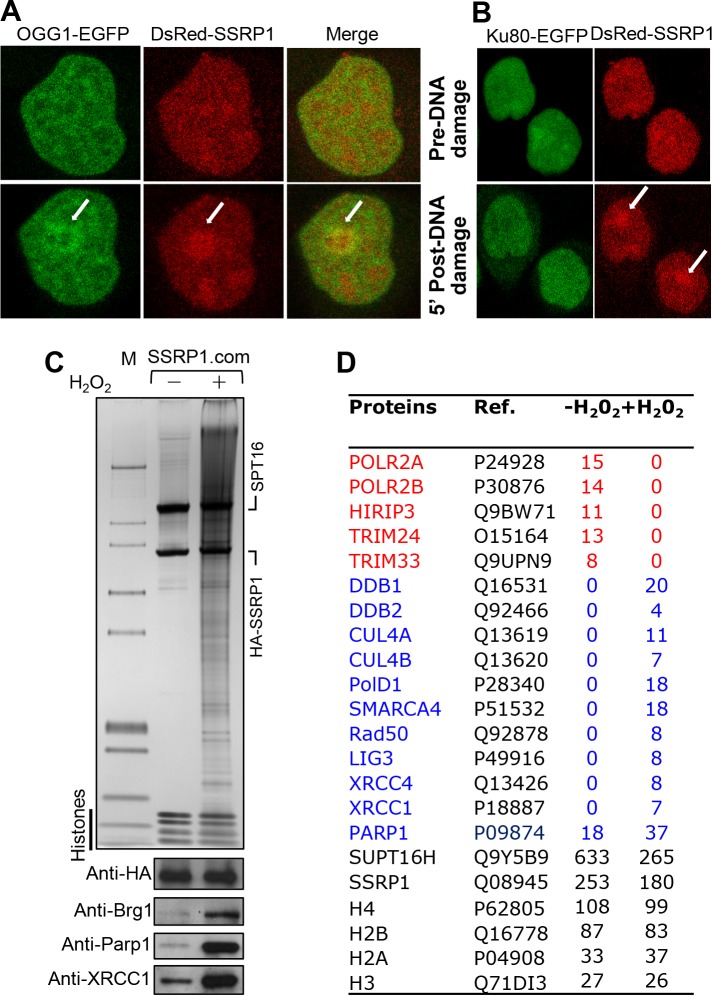Fig 1. FACT is implicated in the repair of oxidatively damaged DNA.
(A) FACT is recruited to the sites of oxidative DNA lesions. HeLa cells expressing either OGG1-EGFP (left) or DsRed-SSRP1 (the smaller subunit of FACT, right) were locally irradiated with 405-nm laser in the absence (upper two panels) or presence (lower two panels) of photosensitizer Ro-19-8022 and the accumulation of the fusions at the bleached sites (indicated with white arrow) was observed 5 minutes post irradiation (lower panels). (B) Same as (A), but for Hela cells expressing either Ku80-EGFP or DsRed-SSRP1. (C) Treatment of cells with H2O2 results in release of FACT from transcribed chromatin and in binding to chromatin regions associated with both DNA repair proteins and chromatin remodeling factors. Stable Hela cell lines expressing a fusion of HA with SSRP1, treated or not with H2O2, were used to immunopurify the chromatin bound FACT complexes. Upper panel shows the silver stained SDS gel of the proteins associated with either control FACT chromatin bound complex (-) or with the FACT chromatin bound complex isolated from H2O2 treated cells (+). The lower panel shows the association of the indicated proteins identified by Western blotting in the respective complexes. (D) Mass spectrometry identification of the polypeptides associated with control FACT chromatin bound complex (-) or with the FACT chromatin bound complex, isolated from H2O2 treated cells (+). Proteins present in the e-SSRP1.com together with the number of identified peptides are indicated. Proteins involved in transcription are shown in red. DNA repair proteins and chromatin remodelers are shown in blue.

